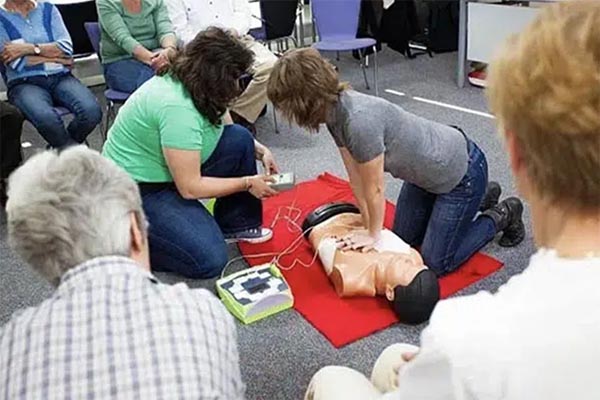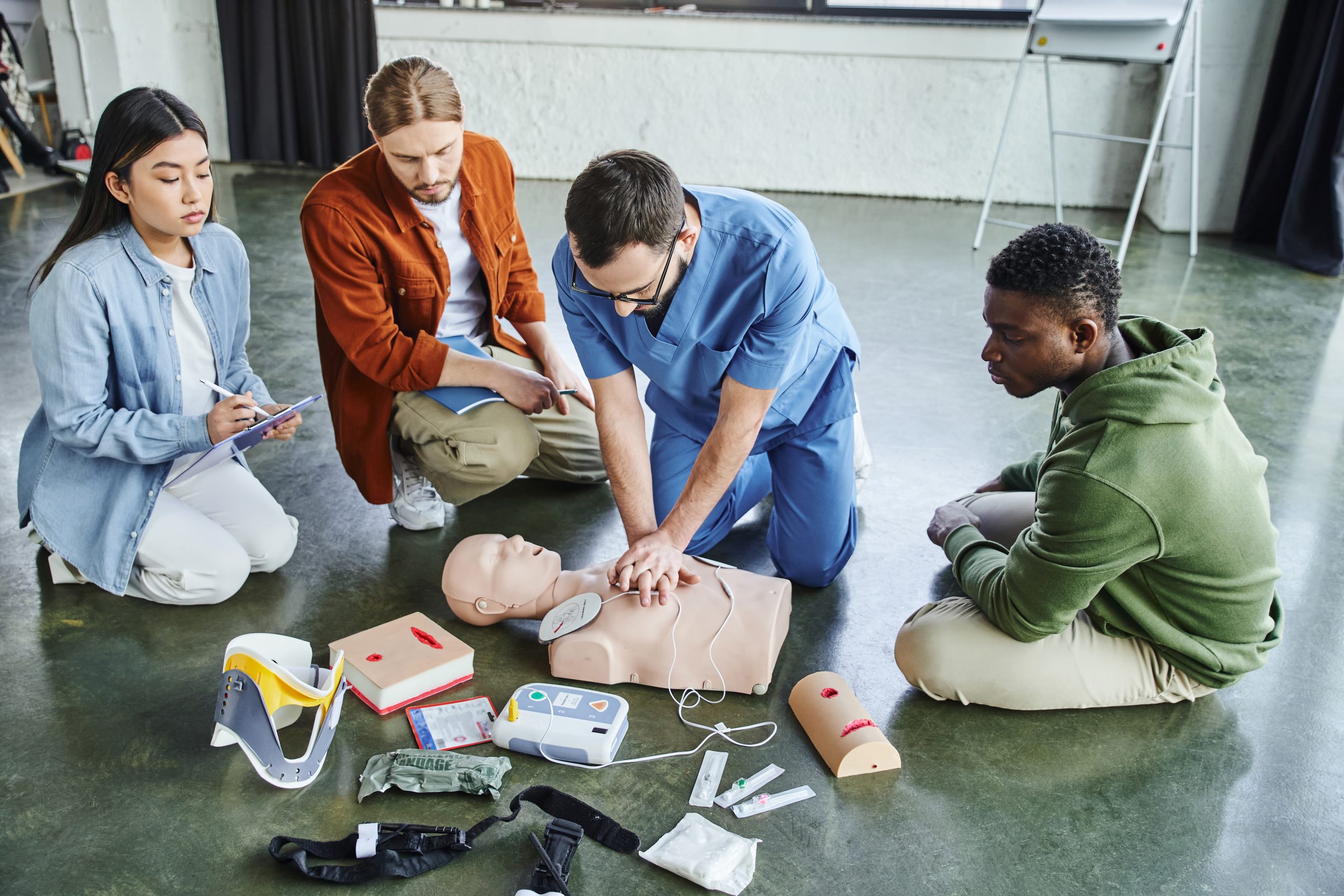
If you’re a lifeguard or swim instructor, CPR certification isn’t optional, it’s essential. In your line of work, lives depend on your readiness and skill. Whether you’re teaching toddlers to float or scanning a crowded pool deck, being prepared to perform CPR in an emergency is a non-negotiable part of the job.
In this guide, we’ll cover everything lifeguards and swim instructors need to know about CPR certification, why it matters, what it entails, how long it lasts, and how to find certified CPR classes near you. If you’re looking for a quick, local option, be sure to contact CPR Classes Near Me to book a spot in an upcoming session.
Drowning is the leading cause of unintentional injury-related death among children ages 1–4, and lifeguards and swim instructors are often the first on the scene when emergencies happen. Having current CPR and AED (Automated External Defibrillator) training gives you the confidence and ability to act quickly, before paramedics arrive.
Key benefits of CPR certification:

Lifeguards are trained to prevent, recognize, and respond to aquatic emergencies. But even with strong preventative protocols, incidents still occur—and when they do, CPR is often the critical link in the chain of survival.
Most lifeguard training programs include a CPR module tailored specifically for professional rescuers. These courses typically include:
These skills are taught in combination with other first aid and water rescue modules during lifeguard certification classes.
CPR certifications for lifeguards are generally valid for two years, although some employers may require annual refreshers. Renewal courses are often shorter and less expensive, and they focus on updates to protocols and skill refreshers.
While swim instructors may not perform as many rescues as lifeguards, their role in water safety is just as vital. Instructors work closely with children and non-swimmers, two high-risk groups when it comes to aquatic accidents. CPR certification ensures that instructors can respond immediately in case a student collapses or goes underwater.
Swim instructors typically complete basic-level CPR certification, such as:
If you’re also earning a Water Safety Instructor (WSI) certification from the American Red Cross, CPR is already integrated into the course.

Employers such as:
…often require valid CPR certification as a hiring condition.
Like lifeguards, swim instructors must renew their CPR certification every 1–2 years depending on the certifying body. Many instructors also use renewal opportunities to update their First Aid or WSI credentials.
Finding a course is easier than ever, but choosing the right one ensures you’re covered professionally and legally.
Q: Can I take CPR certification online only?
A: Most professional-level certifications require a hands-on component. Blended classes are an option but must include in-person skills testing.
Q: What if my CPR certification has expired?
A: Many organizations offer renewal or recertification courses for those within a 30-day grace period. If it’s been longer, you may need to take the full course again.
Q: Is CPR certification transferable between states?
A: Yes, as long as it’s from a nationally recognized organization like the American Red Cross or AHA.
CPR certification is more than just a requirement, it’s your responsibility as a professional who works around water. Whether you’re a lifeguard keeping watch or a swim instructor teaching beginners, knowing CPR means you’re ready to respond when seconds count.
Don’t wait until it’s too late to get certified.
Contact CPR Classes Near Me and get certified by trusted, experienced instructors. Flexible scheduling, group rates, and certification for lifeguards and swim instructors available now!
Our primary goal is to ensure that you receive a top-quality CPR/First Aid certification. With our in-person training in Austin, you can learn CPR and BLS in just one class. Your presence is all that’s needed to continue with your lesson! During your session, you will complete all the live-training components necessary to ensure you receive your AHA Healthcare Provider certification card.
Our CPR Classes in Austin are discounted to $59.95 (saving you $20), and our CPR + First Aid Class is offered at $79.95 (also saving you $20). When looking for CPR Classes, ensure to check for the American Heart Association seal. Other sites might seem cheaper but frequently lack the official training credentials demanded by employers.
Upon successful completion of the course, you will obtain a CPR certification that is valid for two years. The AHA CPR certification is recognized with the highest acceptance rate among employers nationwide.
Indeed! Enroll in any CPR Certification Austin BLS course to extend your certification for an additional two years. The in-person BLS course and the Renewal Class are identical.
Anyone capable of completing the course independently should consider pursuing CPR training and CPR Certification. There is no minimum age restriction for obtaining a CPR certification in Austin through the American Heart Association (AHA)..
CPR training needs to be carried out in person to guarantee its effectiveness. Our experienced instructors offer an engaging and dynamic learning experience. Typically, employers do not recognize CPR certifications that are obtained solely through online courses.
All authorized American Heart Association training centers are obligated to display the entire video. After a three-hour session with CPR Classes Near Me Austin, your BLS CPR eCard will be promptly issued by the instructor on the same day!